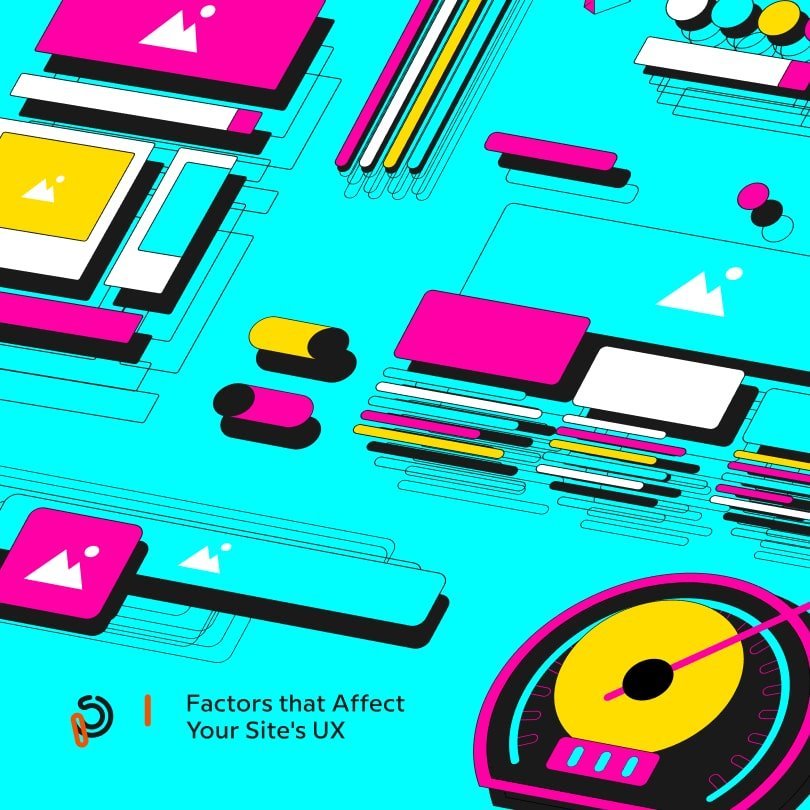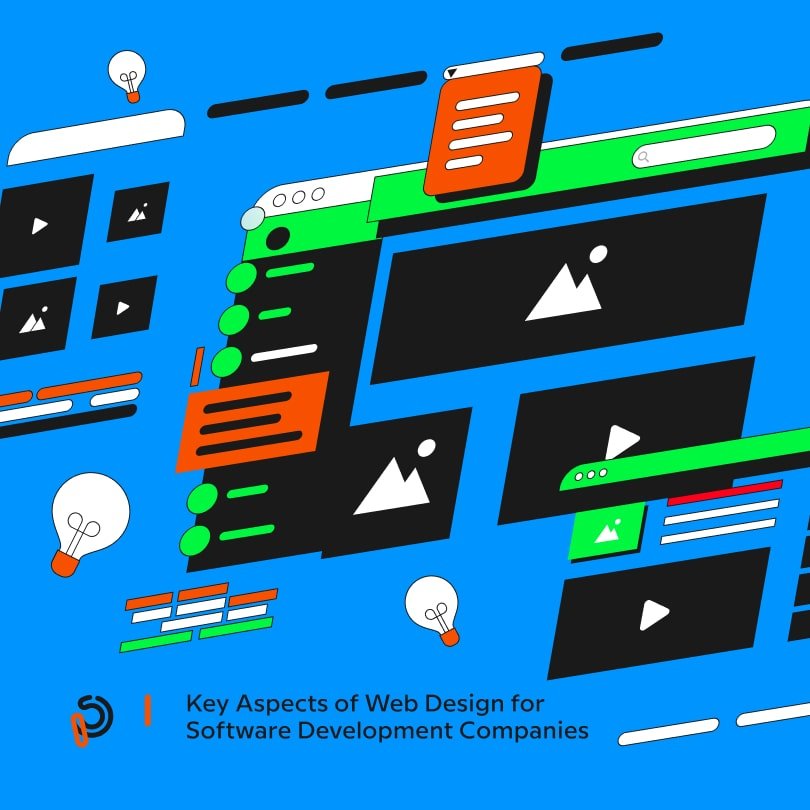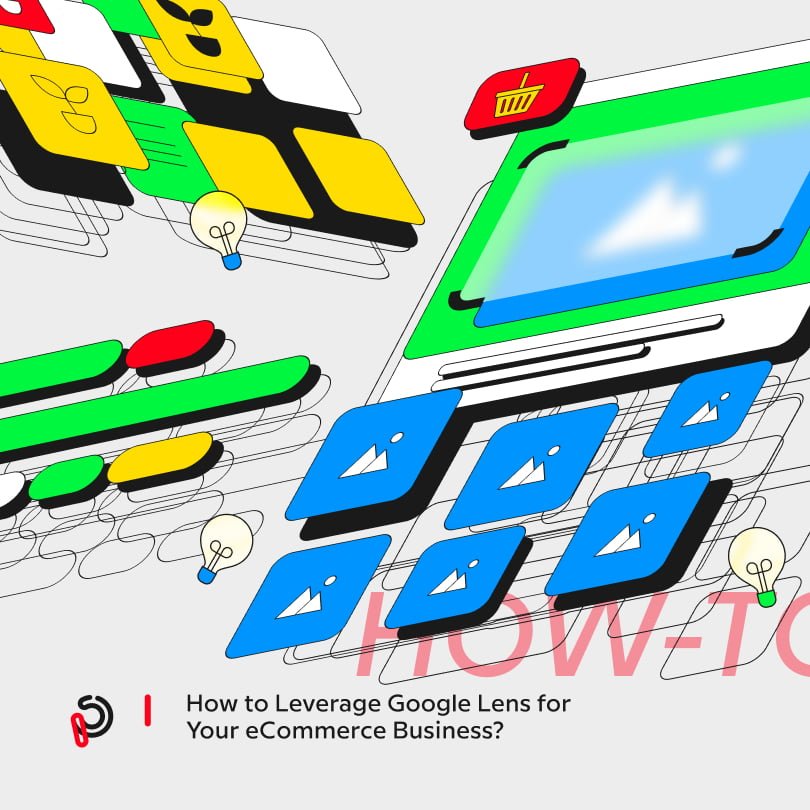If you’ve spent time in the digital sphere as a website owner, marketer, SEO specialist, web designer, or developer, you know just how critical user experience is to a website and the products/services it pushes.
As a matter of fact, there’s a lot of talk about user experience or UX, but too often, even more, seasoned digital experts fail to define it properly. More often than not, even the pros manage to confuse user experience with usability, which often stands for how easy the website is to use. And while it’s entirely true that usability is an integral part of a good user experience (and the entire UX phenomenon began with usability), it has grown out of the borders of mere usability and managed to accommodate a wider range of aspects to deliver more sophisticated digital solutions that meet user criteria and preferences.
According to Peter Morville, one of the pioneering engineers in the area of UX, seven critical factors can describe a good user experience:
- Usefulness
- Usability
- Findable
- Credibility
- Desirability
- Accessibility
- Value
When developers and site owners sit down to create a platform that will help realize targeted business goals, these seven factors will ultimately play a crucial role in delivering those results.
Below, we will discuss what each of these UX factors means for the user in a digital environment.
Crucial 7 Factors That Influence User Experience
1. Usefulness
Simply put, if a site isn’t useful for the visitor, why would you even launch it in the first place? Your website should have a purpose to be able to compete with other contestants (sites) on the digital marketplace.
Still, when talking about usefulness, we must admit that we’re talking about a pretty subjective topic, meaning that what will be useful to one user might be absolutely purposeless to another. It’s all in the eyes of the beholder.
On that note, sometimes a site can be useful just because of its aesthetic appeal, even if the actual services or products that it’s pushing aren’t that valuable or meaningful.
2. Usability
We can easily define usability as the process that enables the end-users to efficiently and effectively carry out the end objective with the website. For example, if you have a computer game that requires the players to use three different control pads when they only have two hands, the game will most likely fail on the usability test, no matter how engaging the story is and how stellar the graphics are.
While usability describes the possibility of easily achieving your goals with a product (in this case, a website), sometimes, even usable products get pushed off of the market when new and more evolved items take over their place.
For instance, the first-gen MP3 players were still fully functional and usable when iPods took over, which managed to further perfect the usability of MP3 devices.
We can see these analogies in website development as well, as more perfected versions of different technological approaches reach the market, slowly pushing out their predecessors that still can “do the job” perfectly but in a less sophisticated way or in a more outdated fashion.
3. Findable
Good user experience in the digital sphere means having a website that’s easy to locate in the waste space of different other online applications and platforms. Not only the site but the content on it should be easy to find too.
If the user can’t locate your website, they won’t visit it, and the site will never live up to its true potential, nor will it help you realize your business goals.
On that end, there are several methods you can implement to make your website more discoverable. SEO or search engine optimization is among the best ways to increase your platform’s visibility and drive more organic traffic (visitors) to your site.
SEO itself is comprised of different complex and intricate processes and strategies that would deserve a separate article.

4. Credibility
As the digital landscape extended with lightning speed, visitors had to learn fast and become unforgiving. In the golden days of the internet, scammers and cyber attackers could easily fool the masses into giving away their personal info and even card numbers, but that’s not the case anymore. Security plays a crucial role in web development nowadays, and credibility is something that often ties security and brand reputation together.
Credibility simply means that the users who visit your website will be able to trust your platform and the functionality it performs.
If you’re running an eCommerce website, this means that they can browse, purchase, and ultimately receive the goods they’ve ordered. In the simplest, most basic scenario, credibility can mean visiting a site that won’t crash all the time.
In more complex cases, credibility can mean information protection, like credit card info, usernames, and passwords.
In the sense of pushing a market or service on a website, credibility might come in the form of social proof, such as reviews and customer testimonials.
Websites today simply can’t deliver a good user experience if the visitors are concerned with whether they can trust the platform or not.
5. Desirability
Dacia and Porsche are both automakers. They both make cars that do what cars are meant to do, i.e., get you from point A to point B. From the standpoint of sheer UX design services, they are both usable, useful, findable, accessible, and hold value and credibility, but a Porsche will always be way more desirable than a Dacia.
We can’t say that Dacias are undesirable as they have proven that they can make reliable cars in recent years, but still when people are given a chance to drive home either a Dacia or a Porsche for free, the majority’s first choice will be the Geman performance car.
Desirability is usually conveyed through image, branding, identity, emotional design, and aesthetics.
Desirability may often even overrule basic human rationale. To stay with the analogy of the Dacia and the Porsche, the first will always be a more economical daily driver with better gas mileage and cheaper running costs, but a Porsche will always be a Porsche.
6. Accessibility
Unfortunately, this factor may often get lost in the process when developers are looking to create a stellar user experience.
In essence, accessibility is all about providing a stable experience for everybody, including people with disabilities like impaired vision, hearing loss, impaired motor skills, or learning disabilities.
Sadly, designing for accessibility was often disregarded by companies because decision-makers often think that people with disabilities are only a small percentage of their potential audience. Still, data suggests that they can take up a pretty hefty percentage of the population.
When designing for accessibility, site owners will often see that the end product they create will be easier to use for everyone, not just for people with disabilities.
As a matter of fact, accessible design has become a legal obligation in several jurisdictions, like the EU, and not adhering to these rules will result in fines. Still, these obligations aren’t being enforced as fiercely as they should be.
7. Value
Ultimately, a good website should consistently deliver value. It must be able to create and drive value to the owner of the platform and to anyone who uses it. If it fails to hold value, no matter how well each of the other factors works in the site’s favor, its success will be most likely short-lived.
As such, designers should be aware that value is among the most important influences that drive purchasing decisions. Users need a website that will have valuable features that manage to solve their problems.
The Bottom Line
All in all, user experience is all about creating a website that appeals to users on all these levels we’ve discussed above.
While it’s impossible to create a website that will meet the preferences and needs of every single user who browses the web, finding what works for your target audience (and brand) the best, you can create a converting website that will do justice to your company and will strengthen your online presence. It’s all about finding the perfect balance between your brand’s identity, your audience, and the best practices regarding UX.





